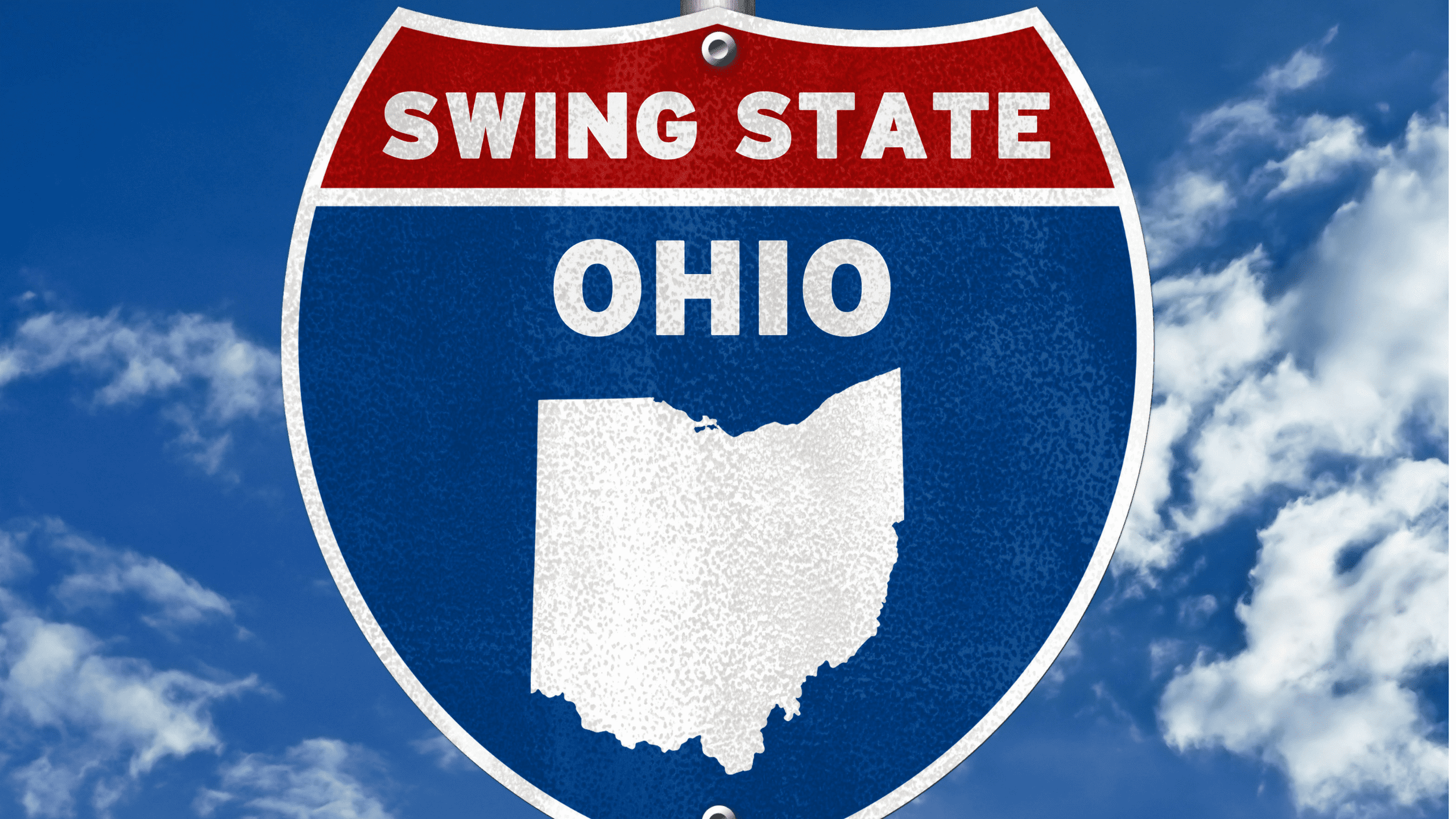It’s early, although the dawn of the 2018 senate midterm elections has emerged from an unprecedented year of political sensationalism.
The heavy partisan divide in 2017 gave rise to the significance of this year’s midterms and the legislative procedural politics that will frame the debate from now until November, which already include one government shutdown amidst a fierce immigration standoff.
Below we will assess factors framing the senate landscape and leverage Resonate’s real time voter data to measure on-the-ground realities in several senate battlegrounds.
The Map
The split in the senate currently favors Republicans 51-49.
To take control of the senate, the Democrats must pick up 2 seats, while the Republicans need to hold existing seats.
The senate map is bad for Democrats for two primary reasons:
- Democrats hold 26 of the 34 total seats in play.
- 10 of the 26 seats Democrats are defending are in states where Trump won in 2016, 5 by double digits.
With the battle field advantage going to the Republicans, we’re already seeing legislative maneuvers by vulnerable Senate Democrats.
Just last week, four Democratic Senators broke with their party and voted with Republicans on a bill to fund the government, despite the majority of Democrats balking at the bill because it failed to include a legislative solution for the Dreamers.
Of these four Democrats, three face difficult paths to reelection this year in states where Trump won by double digits. One of whom is Senator Joe Manchin of West Virginia, a state where Trump won by 42% of the vote.
A look at Resonate’s West Virginia data shows Manchin’s legislative play should yield good results with voters. For example:
- West Virginia midterm voters who backed Trump in 2016 are over 100% more likely to be a swing voter when compared to voters nationwide.
By taking an early bipartisan position in Washington, Manchin can amplify his independent voice with a significant percentage of the swing voters he needs.
- Only 15% of West Virginia Democrats likely to vote in the midterms will choose a candidate based on immigration.
Since only a small portion of his Democratic base vote on immigration, Manchin’s vote last week should not rattle the party loyal.
For Manchin and other vulnerable candidates, understanding home state realities throughout the year will be important in identifying and targeting the right voters with the right story.
Voter Turnout
As with any midterm, voter turnout is critical. And while the Republicans are thought to hold the turnout advantage thanks to older voter support, history has shown that when a Republican occupies the White House, that midterm turnout advantage is essentially neutralized.
Campaign strategists are already looking to the millennial vote for turnout success and with good reason. In 2018, millennials passed baby boomers as the largest generation of Americans eligible to vote.
While millennials are the largest eligible voting bloc, turning millennials out in the midterms is not an easy task. In the 2014 midterms, just 12% of voters under 30 voted.
In battleground Wisconsin, Resonate data is already showing the power millennial voters could have over the senate race.
As of now, 21% of likely Wisconsin midterm voters are millennials. The power of this statistic is put in perspective when you consider that Trump only carried Wisconsin with 0.7% of the vote, and incumbent Senator Tammy Baldwin won the state with just 51% in her last election.
Identifying eligible voters not likely to vote in midterms may be equally important. The ability to target these audiences with Get-Out-The-Vote messages tailored to their values can be a major competitive advantage in tight races.
Staying in Wisconsin, Resonate data shows hundreds of thousands of eligible millennial voters who are non-frequent midterm voters. Insights on this audience show:
- They are 41% more likely than the average midterm voter to support a candidate based on environmental policies.
- 50% of this audience will vote for candidates based on social issues.
- 38% identify as Independents, while 30% identify as Republicans and 26% as Democrats.

Resonate Data 1/22/2018. Millennial non-frequent midterm voters in Wisconsin – Political Party Identification
Approval Ratings and Polling
An early midterm focus has been President Trump’s historically low approval ratings and the extent they will impact election outcomes.
While approval ratings and other national polls can be helpful in assessing the overall landscape, it’s important to understand that even the most reliable polling sources are often too slow to detect on-the-ground, individual-level sentiment shifts in electorates.
It’s estimated that between 5-15% of the electorate oscillate between positions until Election Day. Campaigns that can adequately track and respond to real time voter shifts are likely to win a plurality of the vote in the fiercest battlegrounds.
Two states where senate campaigns will need to monitor voter sentiment closely are Nevada and Arizona, both of which are home to toss-up races that could dictate senate control.
In Arizona, 26% of likely midterm voters are still persuadable on Donald Trump. If national politics end up playing a decisive role in this race, both campaigns have an opportunity to persuade a significant percentage of voters that appear to be on the fence.

Resonate Data 1/22/2018. Likely Arizona Midterm Voters – Support for Donald Trump
In Nevada, another voter insight demonstrates a persuasion opportunity for both sides.
Currently in the Silver State, just under 60% of likely midterm voters are neutral as to whether the American Dream is still within their reach, showing a heightened sense of uncertainty in a pivotal senate race.

Resonate Data 1/22/2018. Likely Nevada Midterm Voters – American Dream
For the senate battleground campaign this year, it’s important they keep their eyes on the ground with data that scales and allows them to understand the core beliefs of individual voters in order to track how attitudes, positions and behaviors shift on a continuous basis.
About Resonate: Resonate combines the nation’s largest proprietary voter survey data with dynamic behavioral analysis to generate the most accurate, real-time insights and predictive modeling at scale. Our end-to-end data, analytics and digital media activation solution unifies strategy and action to drive campaign wins.



